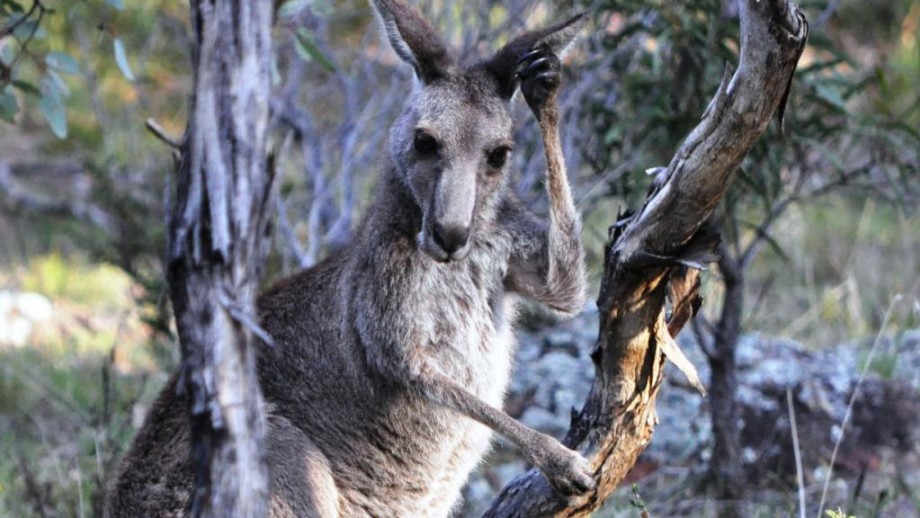Cockatoos win, swallows lose when roos come to town
Kangaroo grazing has a huge impact on grasslands and bird populations, potentially leading to population explosions of some species while others decline, a new study from The Australian National University (ANU) has found.
A study of 127 sites in ACT, NSW and Victoria found that large birds such as cockatoos and galahs prefer areas where there are large populations of kangaroos. In contrast, some smaller birds miss out on the insects they eat when the grasslands are grazed heavily.
"Kangaroos are ecosystem engineers and can completely change the structure of the grasslands," said lead researcher Mr Brett Howland from ANU.
"They're big animals and can have a huge effect on the other species around them."
Mr Howland's research will help conservation bodies manage reserves to support the largest number of species.
The study found that when grasslands were not grazed at all, some bird species thrived, such as welcome swallows, dusky woodswallows and tree martens that feed on insects they catch in the air above the grass.
As the level of grazing increased other small birds, such as the superb fairy-wren fared better, and at the highest levels of grazing the dominant species were large birds, such as cockatoos and galahs.
"Building a successful conservation area is complex, you can't just lock reserves up, they need to be actively managed," Mr Howland said.
Mr Howland's research is being used to inform burning and grazing trials currently underway in ACT grasslands reserves.
"Nature is complex, and so our management needs to also be complex," he said.
The article has been published in Biological Conservation.

